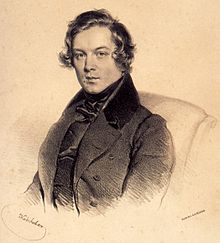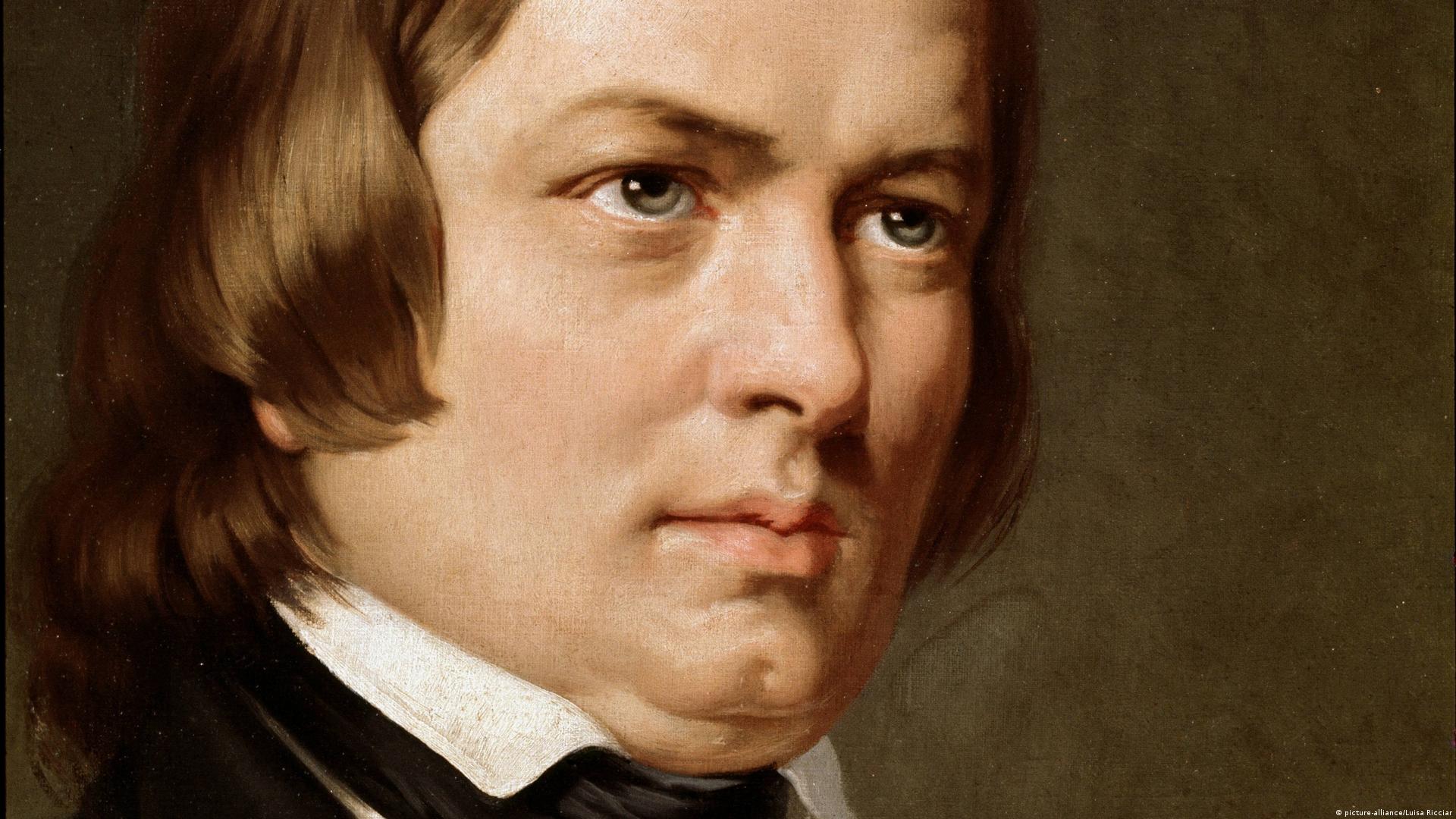The History of Piano Concerto in A Minor, Op. 54 by Robert Schumann
Among the greatest Romantic-era concertos ever composed, Robert Schumann’s Piano Concerto in A Minor, Op. 54 stands as a monumental achievement in the 19th-century repertoire. Its lyrical beauty, intimate dialogue between soloist and orchestra, and emotional depth have made it a favorite of pianists and audiences alike. But behind this masterpiece lies a fascinating story of creative struggle, love, and musical innovation.
A Long-Awaited Piano Concerto
Although Schumann was an accomplished pianist and composer of piano music, he did not complete a full piano concerto until relatively late in his career. For many years, he struggled with the genre. He was deeply aware of the towering examples set by composers like Beethoven and felt uncertain about how to balance the virtuosic demands of a soloist with the structural weight of the orchestra.
In 1841, Schumann composed a one-movement Fantasy in A Minor for piano and orchestra. Though he considered publishing it as a standalone work, it was met with little interest from publishers. Encouraged by his wife Clara Schumann—herself one of the most celebrated pianists of the 19th century—he returned to the piece four years later in 1845. He added two more movements, transforming the fantasy into a full concerto.
Clara Schumann: The Muse and First Performer
Clara Schumann played a crucial role in the development and performance of the concerto. Not only did she inspire Robert’s work, but she also gave the premiere performance on December 4, 1845, in Dresden, with Ferdinand Hiller conducting. Clara’s interpretation was met with great acclaim and helped establish the work’s reputation almost immediately.
Her musical insight and technical prowess were integral to shaping the concerto’s lyrical and expressive qualities. Unlike many other concertos of the time, which often emphasized showy virtuosity, Schumann’s concerto prioritized musical conversation between the piano and the orchestra.
Structure and Musical Innovation
The Piano Concerto in A Minor is structured in three movements:
- Allegro affettuoso – The opening movement begins with a bold orchestral chord, followed by a sweeping piano entry. The movement is rich in thematic development and lyrical intensity, blending dramatic tension with poetic charm.
- Intermezzo: Andantino grazioso – The second movement offers a gentle, intimate contrast. It features a delicate interplay between soloist and orchestra, with subtle rhythmic changes and graceful melodies.
- Allegro vivace – The finale is exuberant and rhythmic, full of vitality and forward momentum. It concludes the concerto with brilliance and a sense of triumphant resolution.
What sets Schumann’s concerto apart is its seamless integration of movements and thematic unity. Motifs introduced in the first movement reappear throughout the piece, creating a cohesive narrative. The concerto avoids bombastic displays in favor of expressive depth and structural integrity.
Legacy and Influence
The Piano Concerto in A Minor quickly gained popularity and remains one of the most frequently performed Romantic concertos. Its emphasis on emotional expression, dialogue, and unity of form had a profound influence on later composers, including Brahms and Grieg—whose own Piano Concerto in A Minor clearly echoes Schumann’s model.
The concerto also helped to redefine the role of the pianist—not merely as a soloist battling the orchestra, but as a partner in a musical conversation.
Conclusion
Robert Schumann’s Piano Concerto in A Minor, Op. 54 is more than just a showcase of technical skill—it is a deeply personal and poetic work that reflects the composer’s inner world and artistic ideals. Born from an initial creative roadblock, enriched by Clara Schumann’s influence, and refined through innovation, it endures as one of the most beloved pieces in the piano concerto repertoire.


Comments are closed